You are here
New Releases
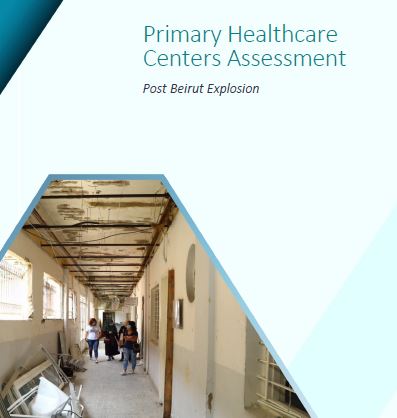
Primary Healthcare Centers Assessment, Post Beirut Explosion
On August 4, 2020, an explosion at the Beirut Port devastated the city and its citizens with a shockwave that spread for kilometers. Before the explosion, fires fulminated throughout dock number 12, resulting in blooming smoke of black and purple. This smoke would serve as a harbinger for the catastrophic explosion that eventually resulted in more than 170 casualties, more than 50 people missing, 6,000 injured and approximately 300,000 residents displaced.

Beirut Explosion Situation Report No.5
When a large quantity of ammonium nitrate exploded on 4 August, Lebanon was already in the middle of an unprecedented economic crisis. Now, more than 40 days after the explosion that killed nearly 200 people and injured more than 6,000, Lebanon’s humanitarian and financial needs are exacerbated. Within five kilometres of the explosion site, residential and commercial areas were destroyed or severely damaged, leaving 300,000 people homeless. It is expected that some households may be displaced for an indefinite period of time. For example, in the Quarantina neighborhood, assessments indicate a timeline of up to one year for people to return to their homes. Moreover, on Thursday 10 September, another massive fire broke out in a warehouse full of tires and oil, this time at the port’s free zone, the same area that was heavily damaged in the initial explosion.
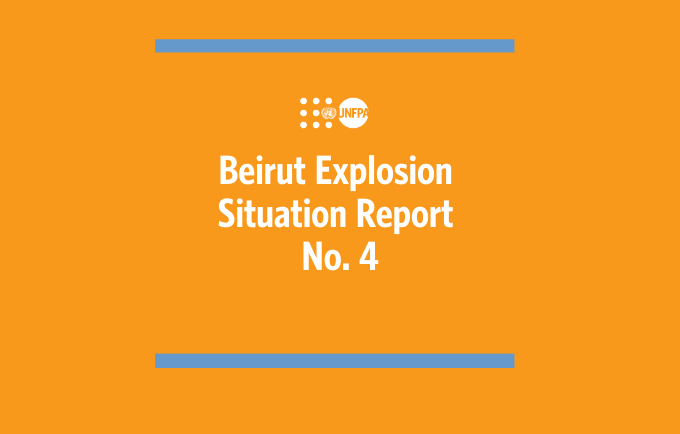
Beirut Explosion Situation Report No.4
A month has passed since large quantities of ammonium nitrate at a warehouse in the Beirut port exploded, causing massive humanitarian and financial losses. According to the Ministry of Public Health, the death toll has reached 190, with three people still missing, more than 6,000 injured, and more than 300,000 displaced. In addition, many people are showing symptoms of severe psychological distress. The Rapid Damage and Needs Assessment (RDNA), launched by the World Bank Group (WBG), in cooperation with the United Nations (UN) and the European Union (EU), determined that the blast caused between $3.8 and $4.6 billion in damages to infrastructure and physical stock. With a major focus on the worst affected areas within a five-kilometre radius of the explosion site, the RDNA covered 16 sectors, including health, housing, education, culture and social protection and jobs.
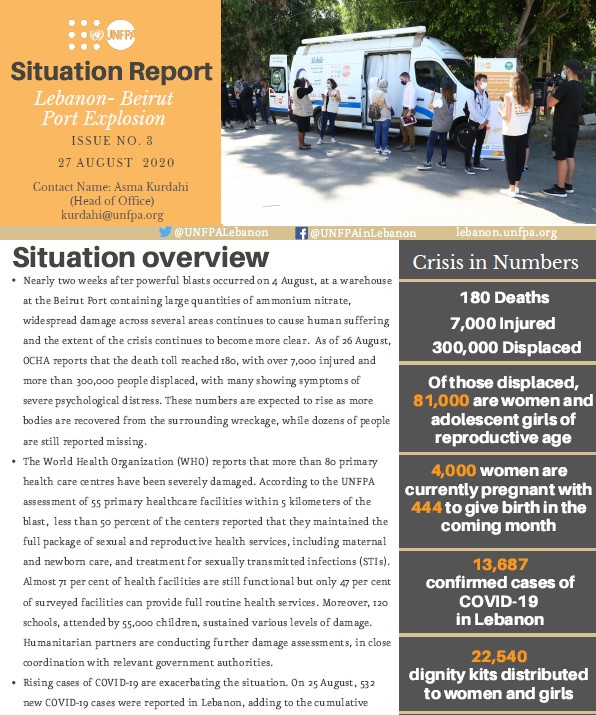
Beirut Explosion Situation Report No.3
Nearly two weeks after powerful blasts occurred on 4 August, at a warehouse at the Beirut Port containing large quantities of ammonium nitrate, widespread damage across several areas continues to cause human suffering and the extent of the crisis continues to become more clear. As of 26 August, OCHA reports that the death toll reached 180, with over 7,000 injured and more than 300,000 people displaced, with many showing symptoms of severe psychological distress. These numbers are expected to rise as more bodies are recovered from the surrounding wreckage, while dozens of people are still reported missing.
The World Health Organization (WHO) reports that more than 80 primary health care centres have been severely damaged. According to the UNFPA assessment of 55 primary healthcare facilities within 5 kilometers of the blast, less than 50 percent of the centers reported that they maintained the full package of sexual and reproductive health services, including maternal and newborn care, and treatment for sexually transmitted infections (STIs). Almost 71 per cent of health facilities are still functional but only 47 per cent of surveyed facilities can provide full routine health services. Moreover, 120 schools, attended by 55,000 children, sustained various levels of damage. Humanitarian partners are conducting further damage assessments, in close coordination with relevant government authorities.
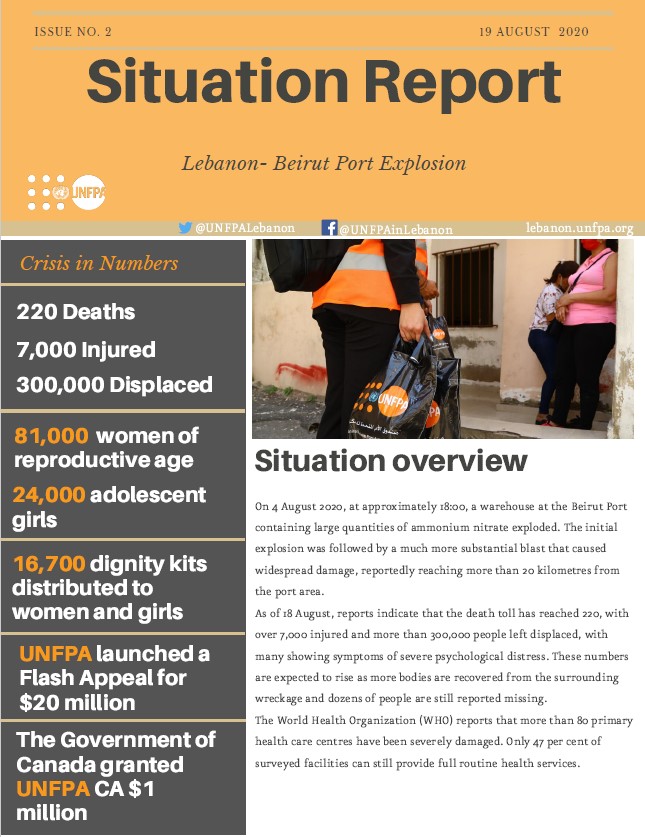
Beirut Explosion Situation Report No.2
On 4 August 2020, at approximately 18:00, a warehouse at the Beirut Port containing large quantities of ammonium nitrate exploded. The initial explosion was followed by a much more substantial blast that caused widespread damage, reportedly reaching more than 20 kilometres from the port area.
As of 18 August, reports indicate that the death toll has reached 220, with over 7,000 injured and more than 300,000 people left displaced, with many showing symptoms of severe psychological distress. These numbers are expected to rise as more bodies are recovered from the surrounding wreckage and dozens of people are still reported missing. The situation is further exacerbated by rising confirmed cases of COVID-19.
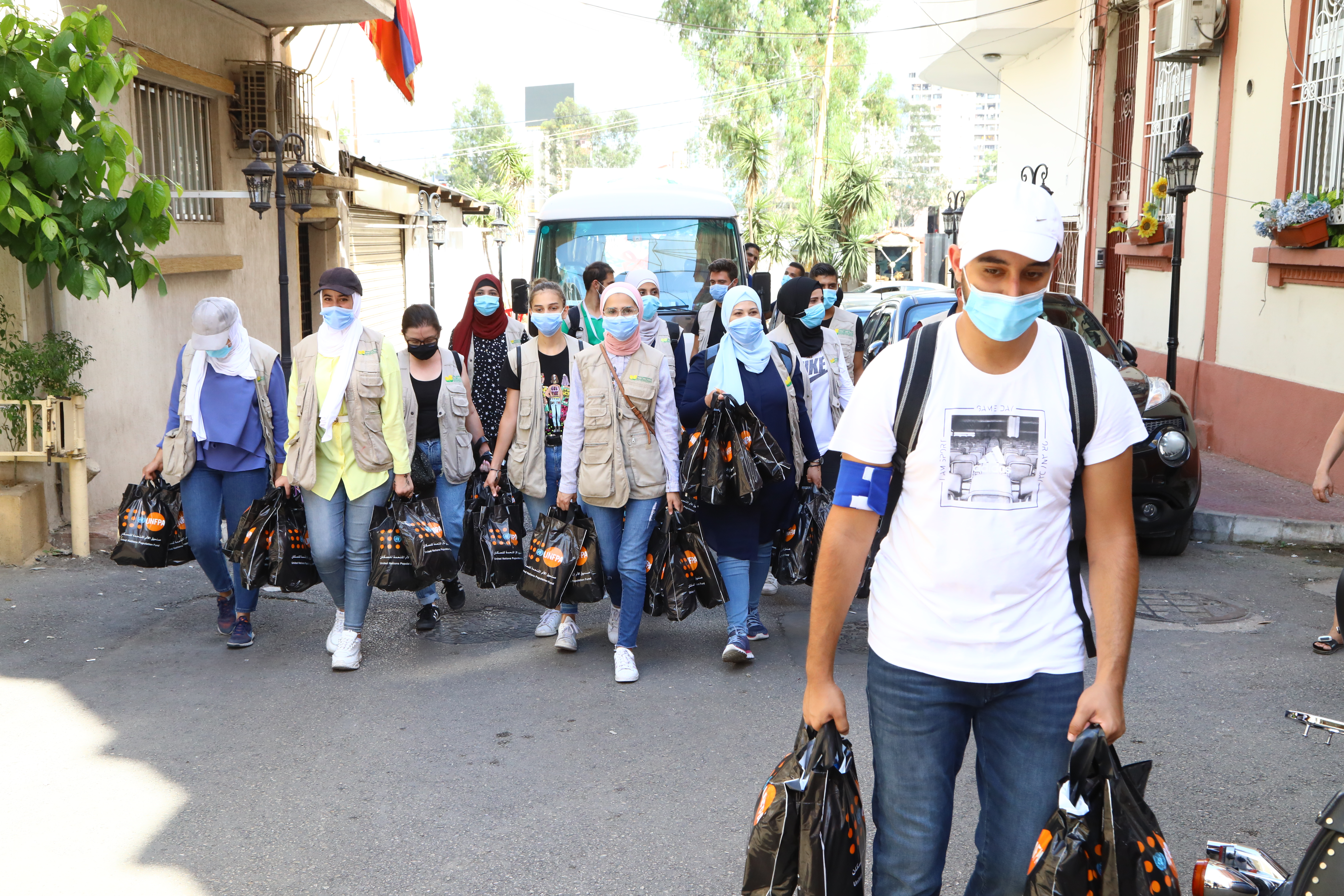
Beirut Explosion Situation Report No.1
On 4 August 2020, at approximately 18:00, a warehouse at the Beirut Port containing large quantities of ammonium nitrate exploded. The initial explosion was followed by a much more substantial blast that caused widespread damage, reportedly reaching more than 20 kilometres from the port area.
As of August 11, latest reports reveal that the death toll has reached 220 with over 7,000 injured and more than 300,000 people left displaced with many showing severe psychological distress. These numbers are continually expected to rise as more bodies are recovered from the surrounding wreckage, and dozens are still reported missing. The blasts sent shockwaves across the city causing widespread damage extending to the outskirts of Beirut, including several primary and secondary healthcare facilities. The National Primary Health Care (PHC) Network Central Drugs Warehouse was severely damaged, as well as 23 PHC Centers, 4 of which were completely destroyed in addition to 6-10 hospitals.
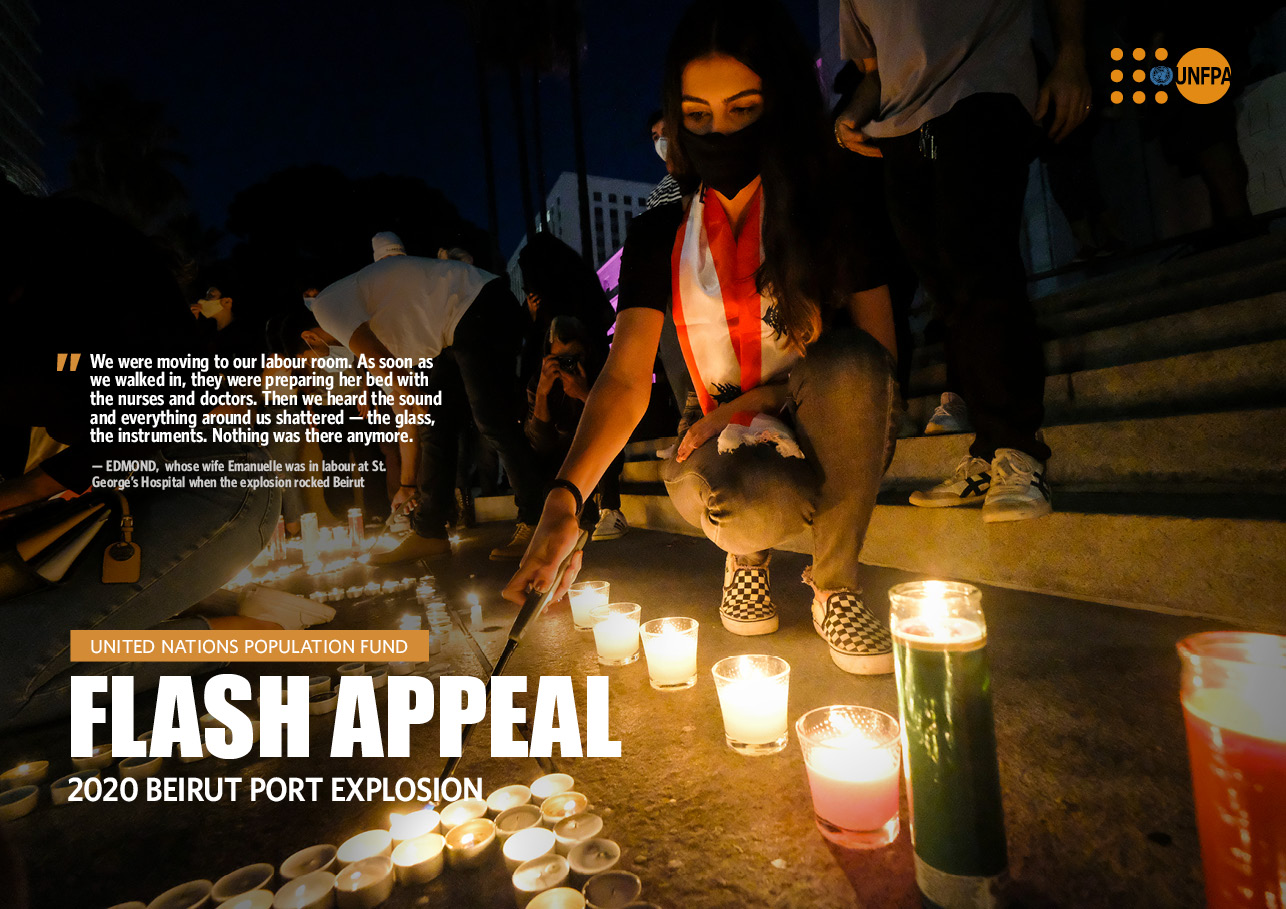
Flash Appeal: 2020 Beirut Explosion
On 4 August, 2020, at approximately 18h00 (local time), a warehouse at the Beirut Port containing large quantities of ammonium nitrate exploded. The initial explosion was followed by a much more substantial subsequent blast that caused widespread damage reportedly reaching more than 20 kilometres from the port area. As of August 11, the death toll from the incident stands at more than 170 and is continually rising as more bodies are recovered from the surrounding wreckage. More than 5,000 people were injured in the blast, with more than 300,000 displaced and dozens reported missing since the incident.
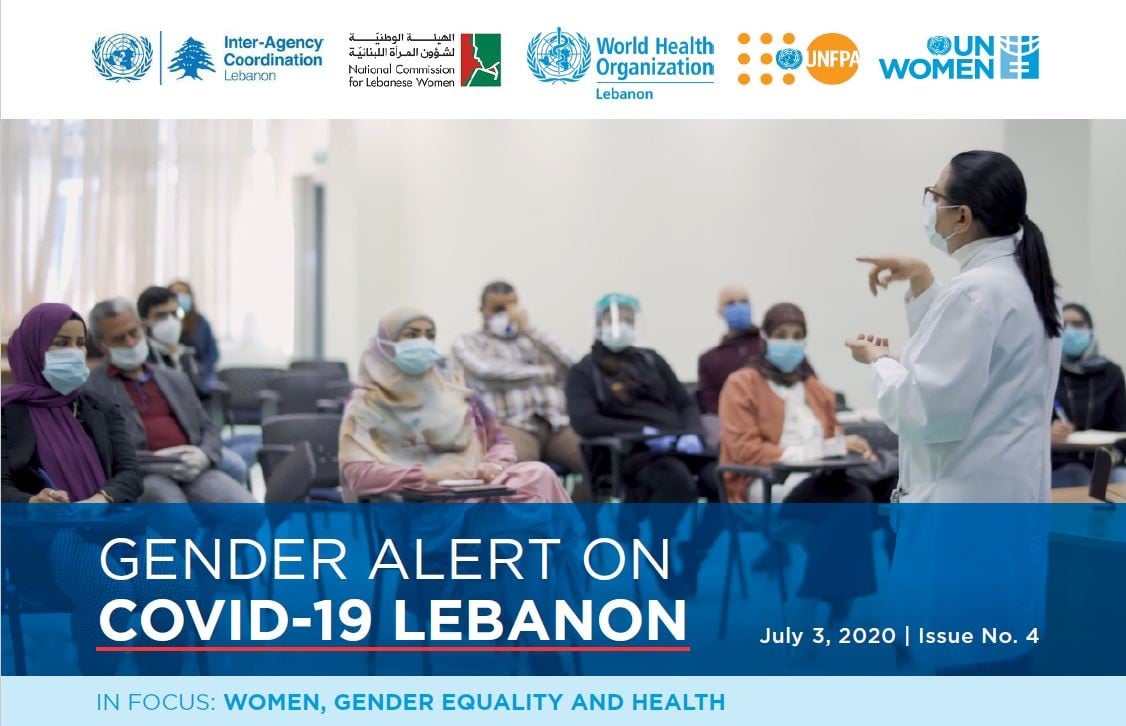
GENDER ALERT ON COVID-19 LEBANON, Issue No. 4, IN FOCUS: WOMEN, GENDER EQUALITY AND HEALTH
Five months after the first COVID-19 case was detected in Lebanon, the pandemic remains largely contained at a level-3
response, with the country still experiencing only geographical clusters, 95% of which have been closed to date.3 The pressure
of the pandemic and the crippling economic crisis has exacerbated Lebanon’s fragile healthcare system, reducing the country’s
capacity to provide essential medical supplies, fairly remunerate medical professionals, and provide subsidized and affordable
healthcare for vulnerable populations. Global evidence continues to suggest that the impact of the virus is gendered in multiple
ways, including when it comes to health.4 While the public health crisis has been at the forefront of public, policy, and political
discourse, less attention has been paid to the unique ways in which COVID-19 affects women and men’s health, as well as the
role women and men play in Lebanon’s healthcare system.

State of World Population 2020
Every day, tens of thousands of girls have their health, rights and futures stolen. Some are subjected to female genital mutilation. Some are forced into “marriages” as children, and still others are neglected or starved, simply because they are female.
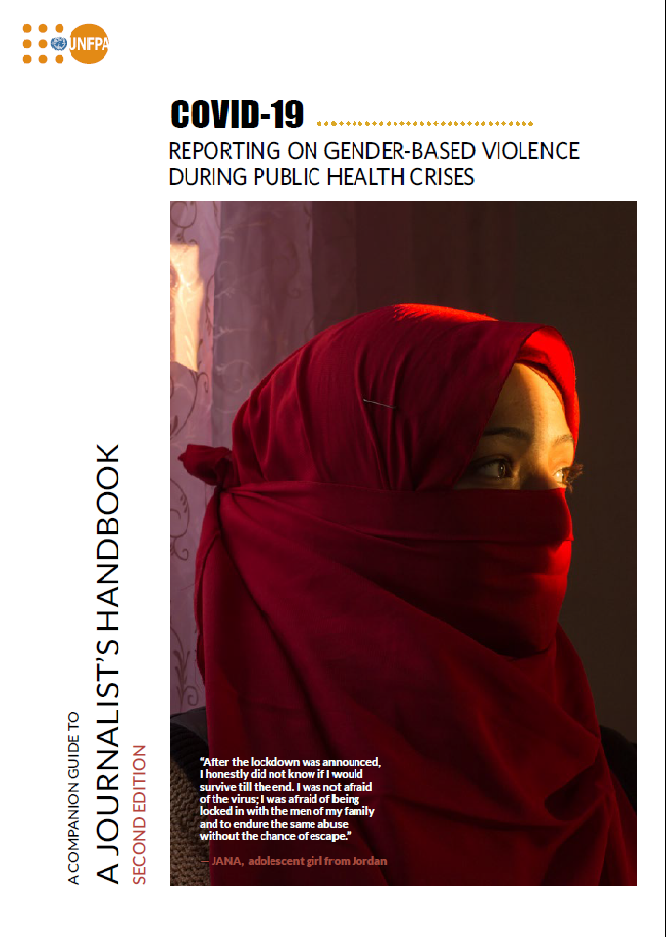
Reporting on Gender-Based Violence During Public Health Crises
During a pandemic, lockdowns, curfews and other restrictions on movement are deemed necessary preventative health measures that can save millions of lives. For women and girls, they can also be sources of increased risk of violence and death.